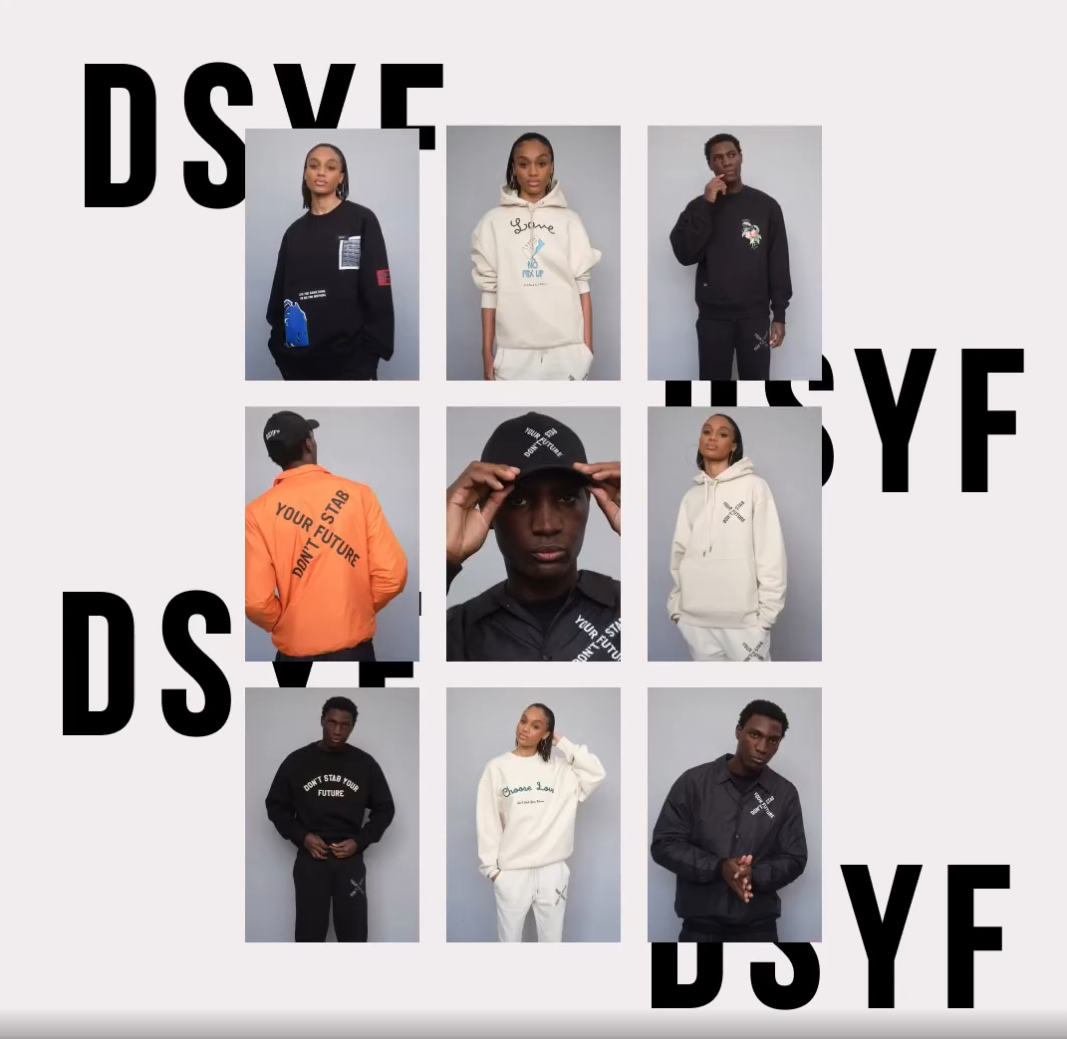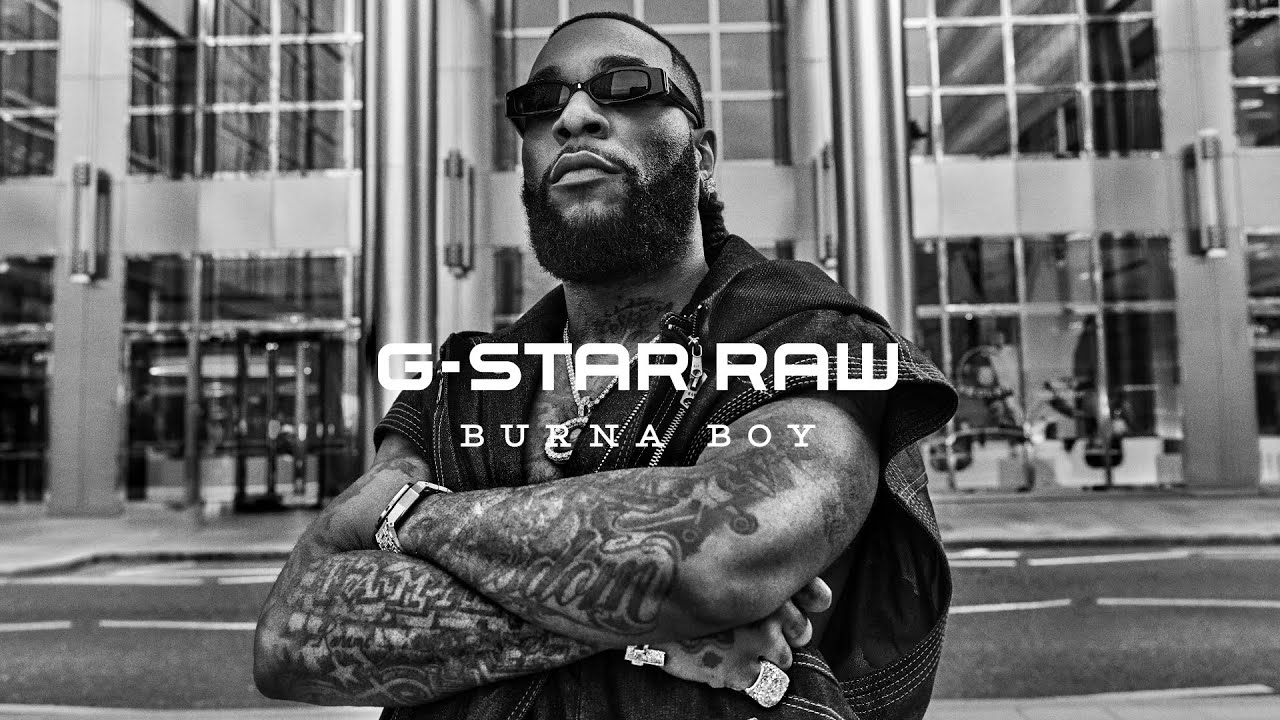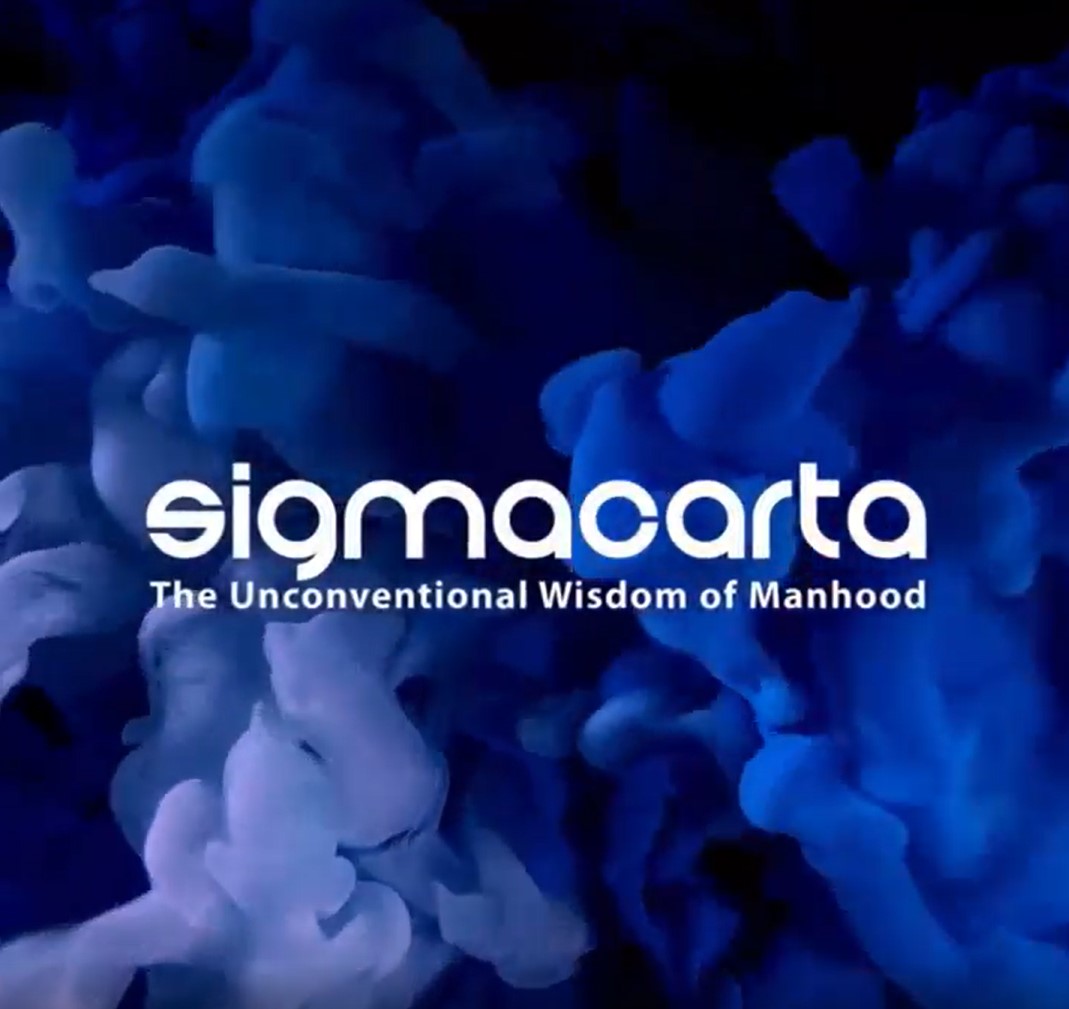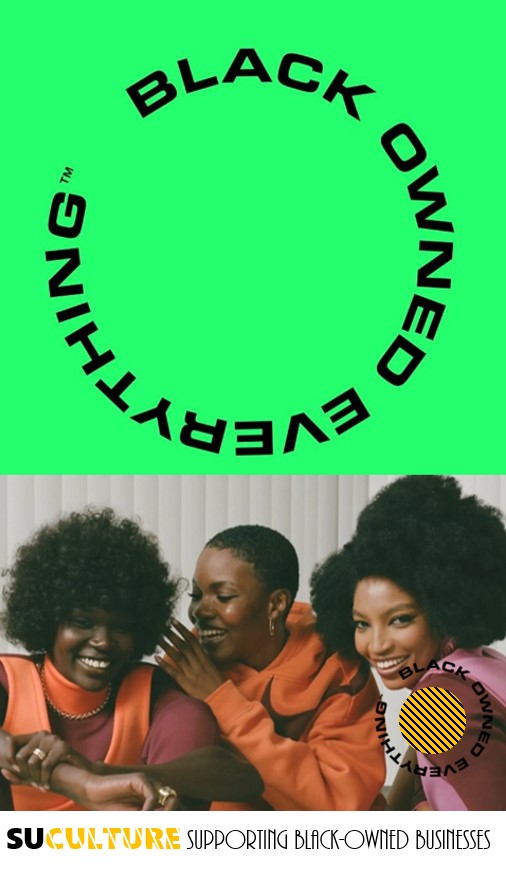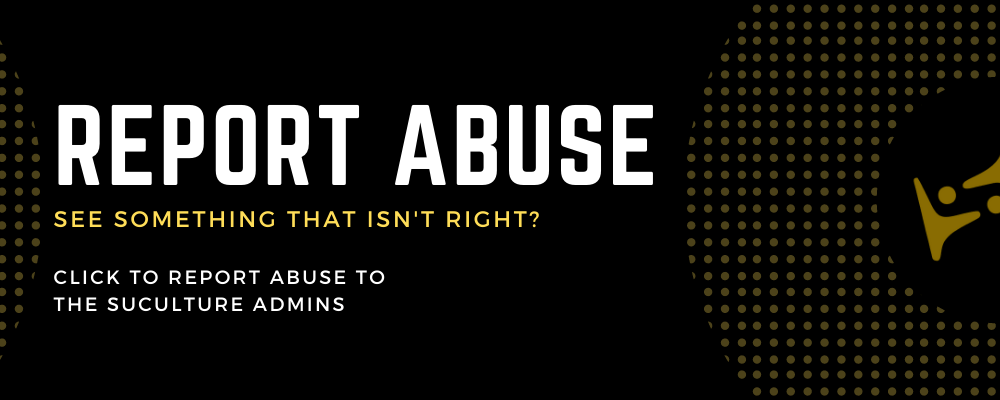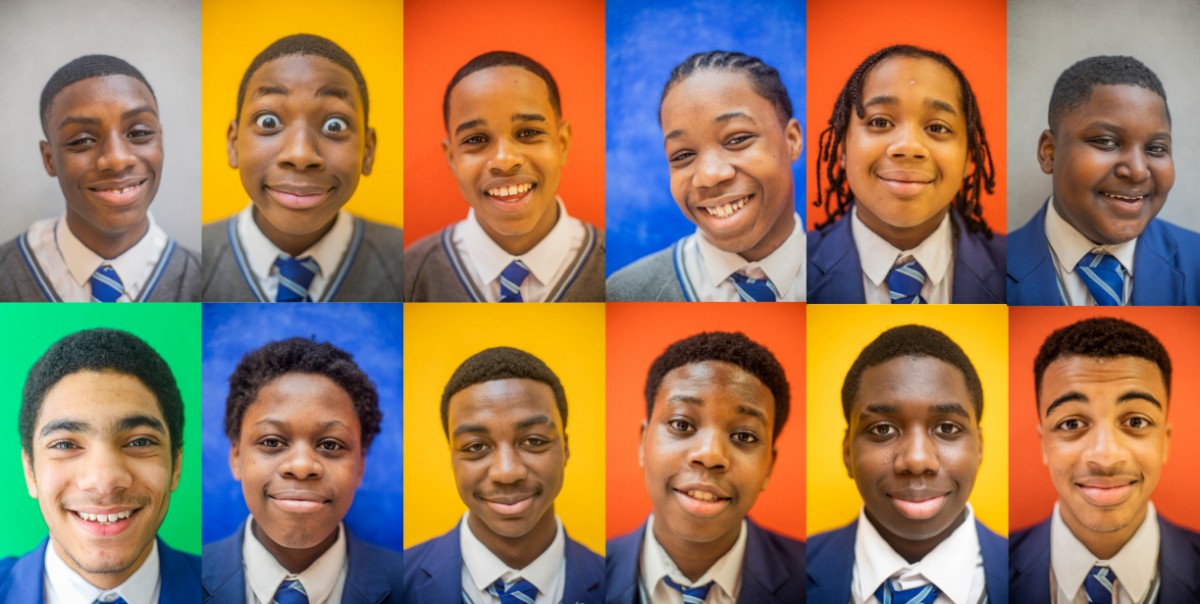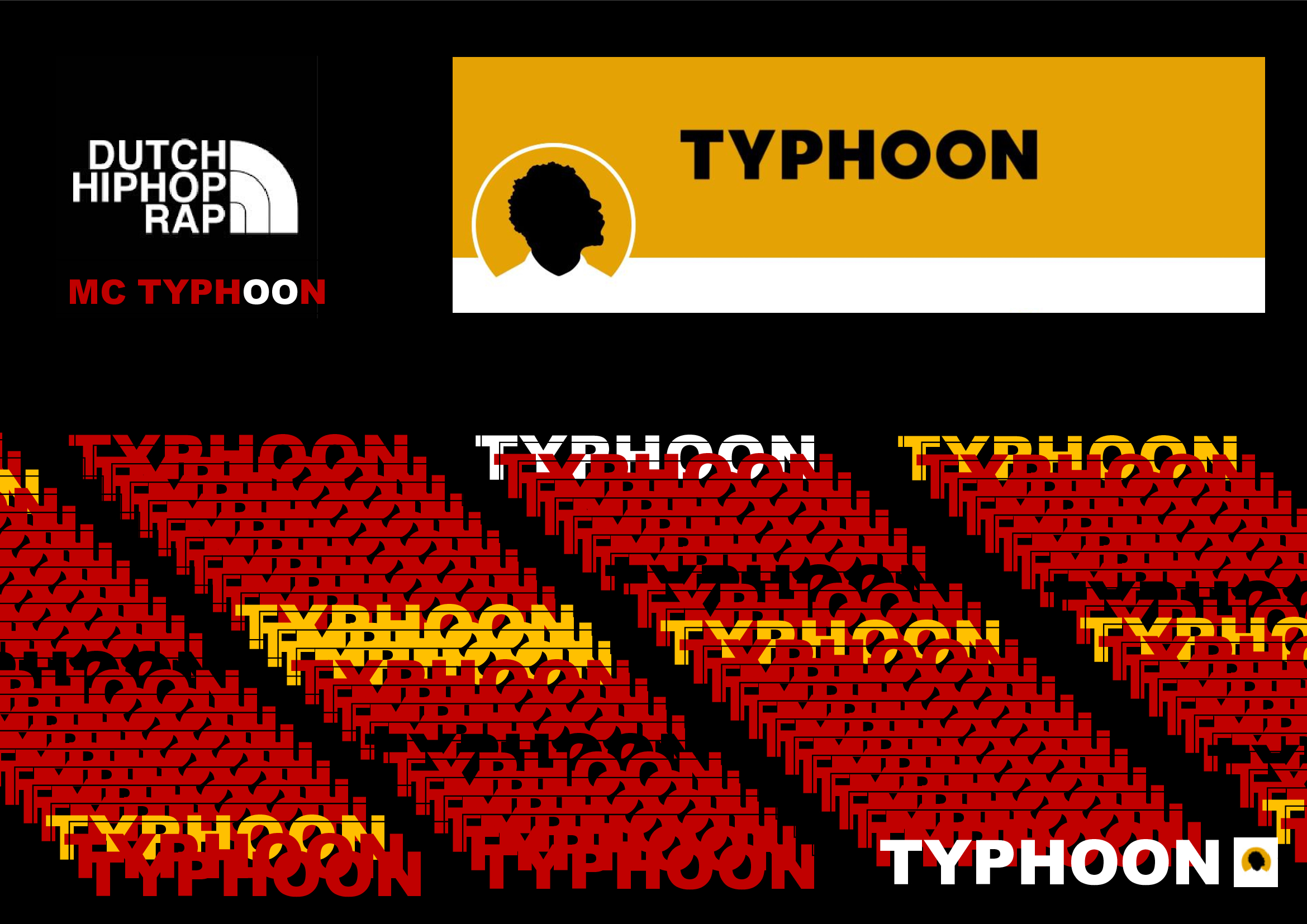-
OnkọweAwọn ifiweranṣẹ
-
-
Music, Wealth and
The Black Dollar –
A Step Further!:
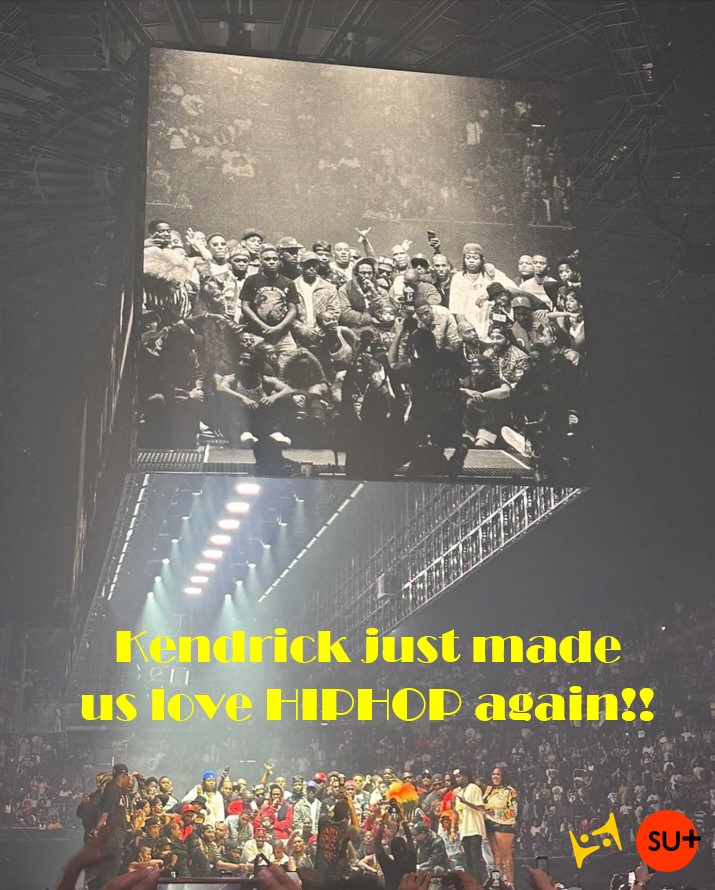
Recent studies on the racial wealth gap reveal that the average wealth, and assets of a Black American family amount to approximately $9,590, whereas the average wealth and assets of a White American family is around $130,800, according to the 2014 US Census. This indicates that Black wealth and assets constitute roughly 7% of those of White Americans on a per-family basis. Contrary to common knowledge, this disparity is widening rather than closing.
Awọn National Urban League‘s 2018 State of Black America Equality Index, which evaluates historical indices across five categories—Education, Economics, Health, Civic Engagement, and Social Justice—shows that the average working-class Black man earns 70% of what his White counterpart earns ($39,431 compared to $56,386, respectively). Similarly, the average working-class Black woman earns 82% of what her White counterpart earns ($35,382 compared to $43,346, respectively) (See Report – National Urban League, 2018).
It is evident therefore, even without any knowledge of Political Economy, that there is still a significant disparity in the application of policies, and laws, between Black and White communities.
Towards a sustainable Black Community:
Black unity sets the cornerstone for Black cultural identity, Black economic success, and overall Black community advancement.
Enhanced connectivity between Black families and Black-owned businesses fosters economic prosperity within the community, facilitates prolonged circulation of capital, and ensures that financial resources are reinvested locally. To establish such a community, it is imperative to study the historical precedents of successful Black communities, drawing insights from their achievements to replicate their models. Equally important is the analysis of their errors and declines to prevent repeating historical mistakes. A notable example is the Greenwood District of Tulsa, Oklahoma, also known as Black Wall Street.
The critical lesson derived from Black Wall Street is the demonstration of the effectiveness of a cohesive Black community. The success of this district can be largely attributed to Ottawa Gurley, the original landowner who purchased 40 acres and encouraged Black individuals to settle in this burgeoning community. Gurley’s unwavering commitment to prioritizing Black individuals in all aspects of his endeavors was instrumental in creating this sanctuary for Black residents.
What Gurley accomplished was designed for the long term—for the benefit of generations who would never have the opportunity to meet him. His efforts can be regarded as “a blueprint for future generations.”
Racial and Ethnic Enclaves:
Black individuals are not the sole minority group that has attempted to establish a close-knit and integrated enterprising community in America. Numerous minority groups have sought to create their own communities as a refuge from discrimination. Prominent examples include Chinatowns, Little Italy in New York City, Koreatowns, New Braunfels, and Indian Reservations.
What is therefore obvious is that a strong, and unified community counteracts the forces that promote disunity and economic disenfranchisement.
A close-knit Black community will stand to shift the economic narrative, creating inter-connectivity among Black people and supporting Black businesses.
To make a success of the Black community, and as outlined above, research and Insights are important in understanding the underlying factors, trends, and potential impacts that affect Black individuals and communities which provides the necessary data that drives innovation, policy development; leading to sustainable and effective decision making within our communities.
Kendrick Lamars recent ‘power moves’ should go beyond peace and offer smart entrepreneurial cohesion within the Black community, now and for future generations.
-
Akoko yii kii ṣe nkankan kukuru ti arosọ ninu itan-akọọlẹ hip hop. Kendrick Lamar channeling Pac ati awọn ẹsẹ Snoop pẹlu Dre jẹ ju gbohungbohun ti o ga julọ. Gbẹhin agbara play!
-
-
OnkọweAwọn ifiweranṣẹ
O gbọdọ wọle lati fesi si koko yii.

